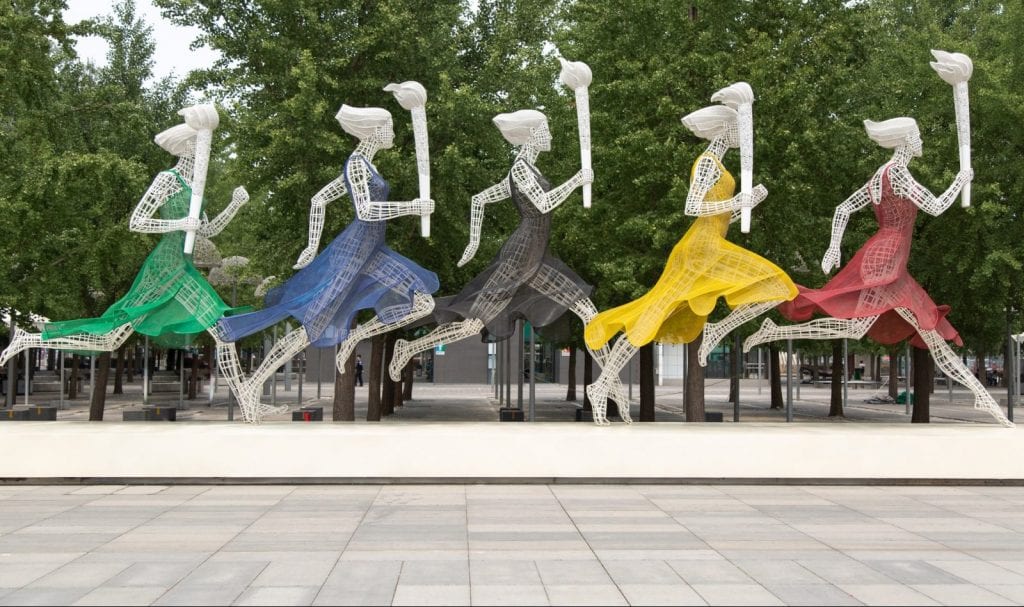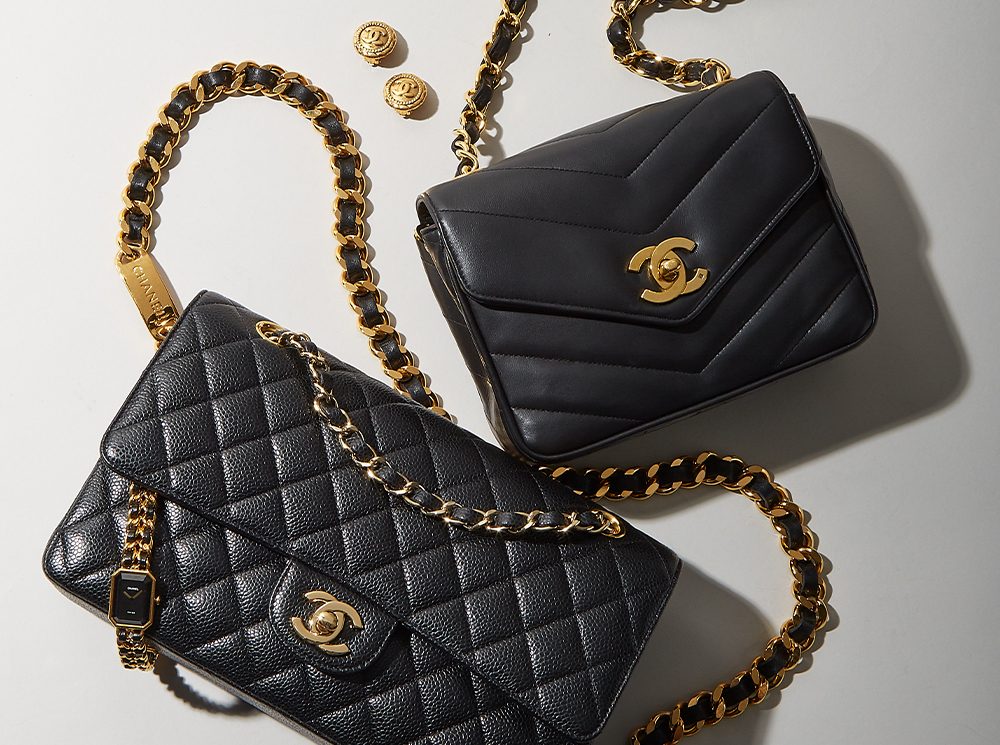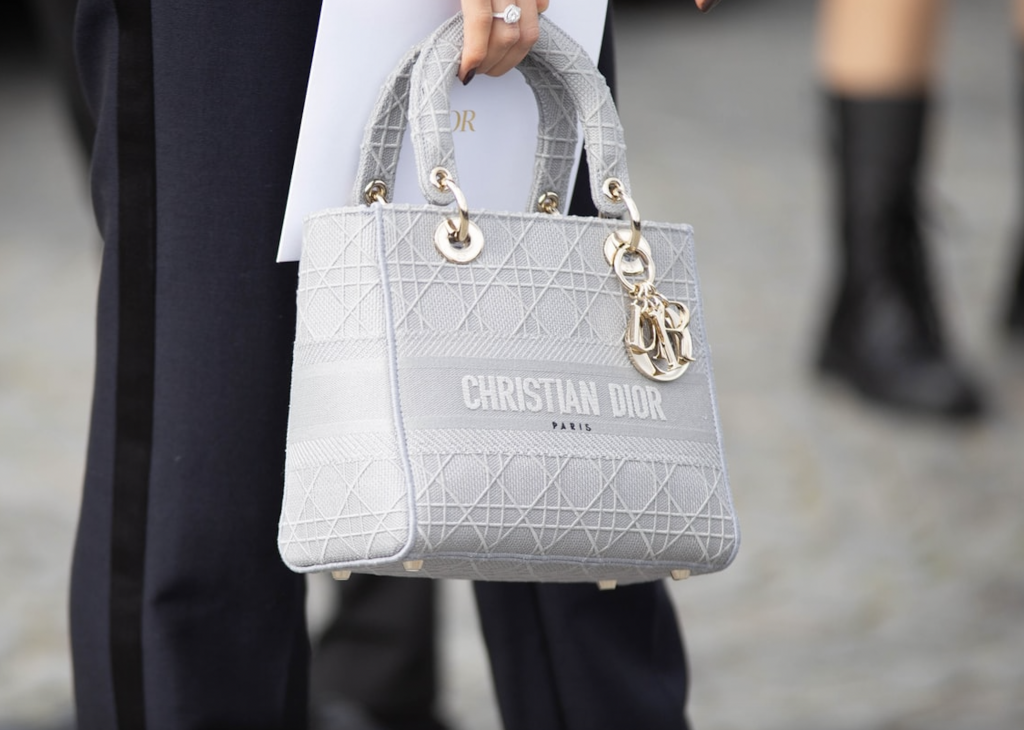Looking beyond his dazzling talent as a singer, songwriter, arranger and instrumentalist, his ability to make “a powerful visual impact at the dawn of the MTV era” (as the Associated Press so aptly put it), and his legacy as a boundary-obliterating fashion and cultural icon, Prince was known for his multi-decade use of a “distinct” deep purple. From his award-winning 1984 album Purple Rain to the customized purple Yamaha piano that he unveiled – via social media – just days before his death in 2016, Prince was synonymous with the color purple, and that is precisely what his primary business entity has been fighting for since his death.
Behind the scenes of the Grammy Awards tributes and the ongoing lawsuits centering on the musician’s untimely death, Prince’s Paisley Park Enterprises is in the midst of an enduring quest to amass sweeping trademark registrations for his specific shade of purple, one that has not proven easy. After filing a trademark application for registration with the U.S. Patent and Trademark Office (“USPTO”) in 2018, the national trademark body pushed back.
The USPTO took issue with Paisley Park’s application – which sought to register Pantone’s Love Symbol #2 for use in connection with “musical sound and video recordings” and “entertainment services,” including live performances and museum services. Part of the issue? Paisley Park had merely provided a swatch of the color and thus, failed to specify how – exactly – “the color is applied to all the items and services” for which it is claiming rights. That is problematic since many of these uses will be different, the USPTO stated this summer, and as a result, the late musician’s company was essentially attempting to protect an array of individual trademarks by way of one application – which is not allowed.
More than that, though, the USPTO determined that the mark – i.e., the color, itself – is not inherently distinctiveor capable of serving as an indicator of source, and thus, Prince’s entity would need to provide sufficient proof that it has acquired distinctiveness or in other words, that the general public has come to associate the use of the color with a single source.
Still yet, the USPTO preliminarily held that the applied-for trademark “fails to function as a trademark” in large part because consumers “will not perceive the color purple as identifying [Prince’s Paisley Park venture] as the source of the goods; rather, [they] will perceive the color as a non-source identifying feature of the goods because they are accustomed to encountering … goods or packaging for these goods offered in a variety of colors, including purple.”

images: USPTO
The trademark office’s examining attorney pointed to album covers from Tame Impala, Danny Brown, Kanye West, Future, Chance the Rapper, ASAP Rocky, Cam’ron, and Justin Bieber, among others, as evidence “confirming that many sources of musical recordings such as those identified by [Paisley Park] are offered in purple album covers,” and stating that “where the use of color is common in a particular field or industry,” as the examining attorney suggested it is here, “customers are more accustomed to recognizing color as a product feature that may enhance the attractiveness of the goods.”
Following repeated protest from the USPTO over its ability to claim seemingly carte blanche rights in a single color for use on a wide array of goods/services, Paisley Park lodged a 430-page filing that pointed to media attention centering on Prince’s association with the color, including countless purple-centric tributes to the musician upon his death in 2016. The entity also specified exactly how it plans to use the color, and submitted new drawings for its uses of the mark: one being the use of the color on “the entire surface of vinyl records and CDs embodying the musical sound and audio recordings; the entire surface of DVDs embodying the video recordings; album art and other inserts with the musical sound and audio recordings.”
The other: “use on the exterior of the building used in the performance of the services,” including live musical performances (some “featuring holograms”), recording studio services, and the operation of a museum and providing guided tours of the museum, among other things.
Despite the number of previous objections by the USPTO, these two trademarks – which are now embodied in two separate applications – have gotten the green-light. The trademark office has approved the marks, at least preliminarily, and published them for opposition, thereby, enabling any party that believes it may be damaged by registration of the marks to file either an opposition to registration or a request to extend the time to oppose within 30 days.
If no opposition is filed (thus, far there have not been any) or if an opposition is unsuccessful, the application enters the next stage of the registration process.
In the meantime, Paisley Park is not merely seeking rights in Prince’s hue-of-choice, it is seeking rights in wordmarks, such as “Purple One,” “Cloud Guitar” (a reference to the late artist’s signature-shape instrument), and “Jamie Starr,” one of Prince’s pseudonyms, as well as trade dress right for the visual characteristics of the “three dimensional configuration of a highly stylized guitar body, neck and headstock” for Prince’s various custom guitars.
It is worth noting that if the “Prince purple” buildings trademark is registered, it would not be the first time. In December 2017, the Museum of Ice Cream set out to register “the color light pink as applied to buildings used in connection with rendering entertainment services.” The 3-year old Instagram-happy experiential “museum” similarly faced skepticism from the USPTO, which refused to register the mark on its Principal Register, and instead, agreed to register it on the Supplemental Register. The latter provides a secondary form of protection for non-distinctive marks, such as colors, that may be capable of acquiring distinctiveness.
Unlike the Museum of Ice Cream’s mark, which was assigned to the Supplemental Register before it was published for opposition, Paisley Park’s more well-known mark is still slated for Principal Register treatment.











